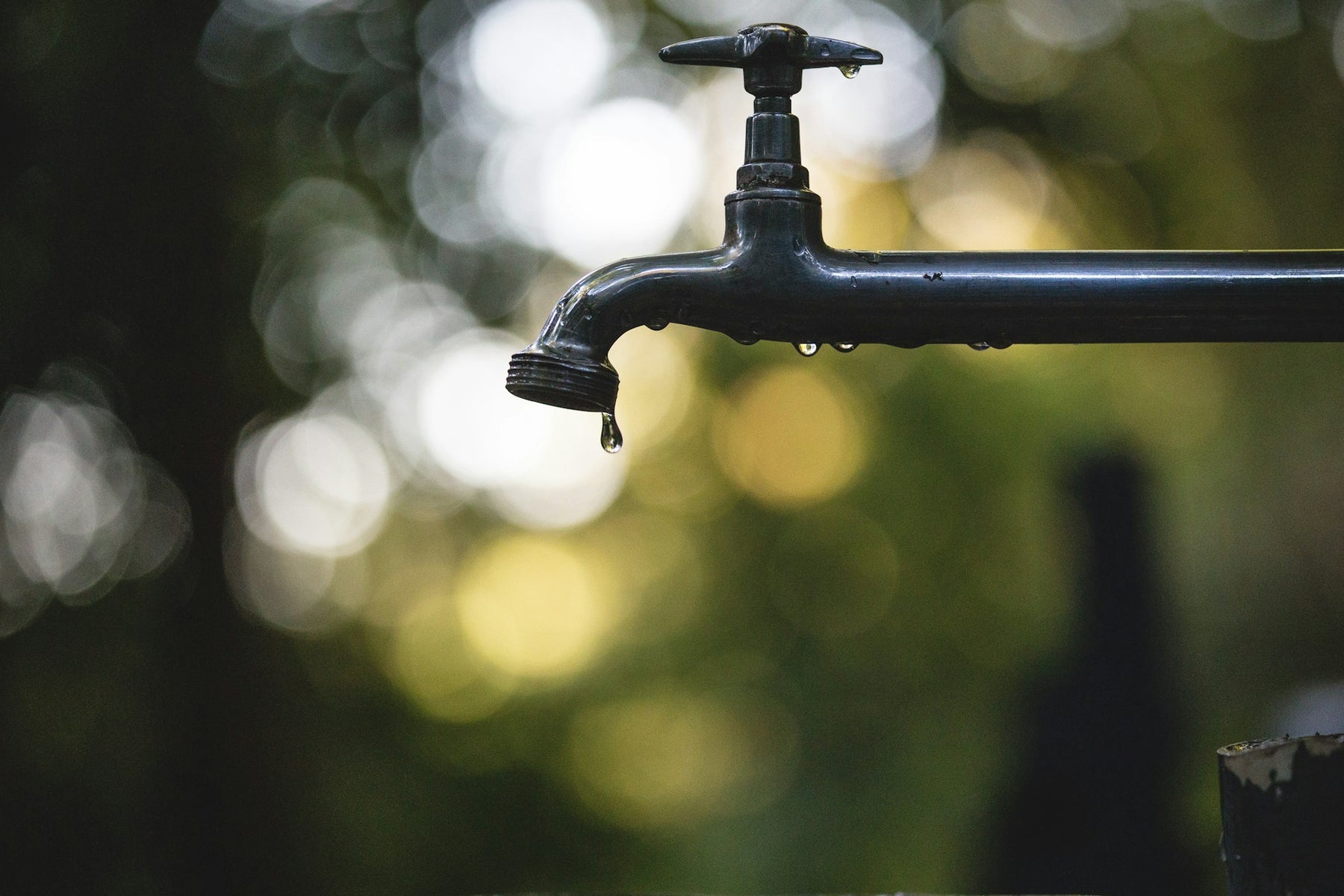
The Vital Role of Fluoropolymer Tubing in Mitigating Summer Droughts
As climate change intensifies, summer droughts have become more frequent and severe, posing significant challenges to agriculture, water supply, and ecosystems. In the quest to combat these droughts, innovative technologies and materials are playing an increasingly critical role. One such material is fluoropolymer tubing, known for its exceptional chemical resistance, durability, and flexibility. This blog post will delve into how fluoropolymer tubing contributes to mitigating the impacts of summer droughts, providing specific examples of its applications in water management, agriculture, and environmental conservation.
Enhancing Efficient Irrigation Systems
Efficient irrigation systems are crucial in regions prone to summer droughts, as they help conserve water while ensuring crops receive the necessary hydration. Fluoropolymer tubing, such as PTFE (Polytetrafluoroethylene), FEP (Fluorinated Ethylene Propylene), and PFA (Perfluoroalkoxy), plays a vital role in these systems due to its outstanding properties.
One of the key advantages of fluoropolymer tubing is its resistance to harsh chemicals and UV radiation. This makes it ideal for use in drip irrigation systems, where chemicals like fertilizers and pesticides are frequently used. The tubing's resistance ensures that it does not degrade over time, maintaining its structural integrity and preventing leaks or blockages that could waste precious water resources.
In addition, the flexibility of fluoropolymer tubing allows for easy installation and adaptation to varying terrain and crop layouts. For instance, in vineyards or orchards, where the terrain can be uneven, flexible tubing ensures that water reaches every plant, optimizing water use and reducing wastage. This adaptability is particularly important in drought-prone areas where every drop of water counts.
Supporting Groundwater Management
Groundwater is a critical resource during droughts, providing a backup supply when surface water sources dwindle. Managing and monitoring groundwater levels is essential to prevent over-extraction and ensure sustainable use. Fluoropolymer tubing is instrumental in groundwater management due to its durability and chemical resistance.
For example, in groundwater monitoring wells, fluoropolymer tubing is used to sample water and measure levels accurately. Its resistance to chemical reactions ensures that the samples remain uncontaminated, providing reliable data for assessing groundwater quality and quantity. This information is crucial for making informed decisions about water extraction and management during drought periods.
Moreover, fluoropolymer tubing is used in groundwater recharge systems, where treated wastewater or stormwater is injected back into aquifers to replenish groundwater levels. The tubing's durability and resistance to corrosion make it suitable for conveying treated water without degradation, ensuring the longevity and effectiveness of recharge systems.
Protecting Wetlands and Ecosystems
Wetlands and other natural ecosystems play a significant role in mitigating the impacts of droughts by storing and slowly releasing water, maintaining biodiversity, and providing critical habitat for wildlife. Fluoropolymer tubing is used in various environmental conservation projects to protect and restore these vital ecosystems.
In wetland restoration projects, for instance, fluoropolymer tubing is used to transport water to reestablish natural hydrological conditions. Its chemical resistance ensures that the tubing does not leach harmful substances into the environment, preserving the health of the restored wetlands. Additionally, the tubing's flexibility allows it to be laid out in intricate patterns to mimic natural water flow, ensuring that the restored wetlands function effectively.
Furthermore, in projects aimed at protecting endangered species and their habitats, fluoropolymer tubing is used to create artificial water sources. These sources provide essential hydration during drought periods, supporting wildlife populations and helping to maintain ecological balance.
Advancing Agricultural Water Management
Agriculture is one of the sectors most affected by droughts, and effective water management practices are essential to ensure crop productivity and food security. Fluoropolymer tubing plays a key role in modern agricultural water management systems, offering solutions that enhance water use efficiency and sustainability.
For example, in precision agriculture, fluoropolymer tubing is used in conjunction with sensors and automated irrigation systems to deliver water precisely where and when it is needed. The tubing's resistance to clogging and chemical degradation ensures consistent and reliable water delivery, even in challenging conditions. This precision irrigation minimizes water wastage, reduces stress on crops, and improves yield, making it a vital tool in drought-prone regions.Additionally, fluoropolymer tubing is used in hydroponic and aquaponic systems, which are increasingly being adopted as sustainable farming methods. These systems use significantly less water than traditional soil-based agriculture, making them ideal for regions facing water scarcity. The tubing's durability and chemical resistance ensure that it can withstand the constant flow of nutrient-rich water, supporting the growth of healthy plants and fish.
